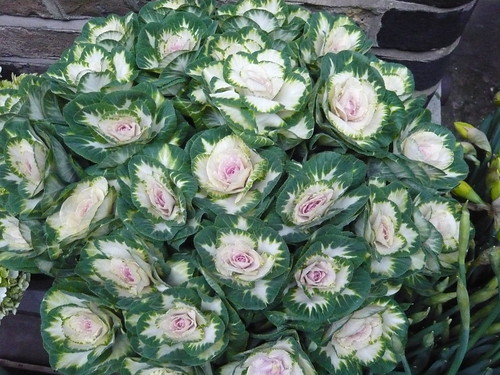Growing Sprouting Seeds for Salads and Stir Fry

Seeds that have germinated and grown roots (radicles) and sprouts (plumules) can add flavour and texture to your meals. They do not take up space in your garden and can be grown all year round.
Bean sprouts in Chinese restaurants are crispy additions to the flavours and textures of your meal. The trick to growing long crisp sprouts is to grow them under pressure. In a dark, free draining container put a half inch layer of bean seeds, cover with a damp cloth and put a one pound weight on top. Rinse daily under a tap and 4-5 days later they will be ready to eat.
Open sprouting can be done like our childhood mustard and cress on a foam base covered with layers of paper towels or on moist cotton wool. Cover with tin foil to exclude the light and germinate in a warm spot. Method 2 Put some seeds in the bottom of ajar and cover with water to soak for twelve hours. The seeds will expand a lot as they grow. Half to one inch (1cm – 2cm) of dried seeds will usually fill a jar. It varies between seeds – radish expand more than sunflowers.
After twelve hours rinse the seeds in room temperature water then drain the water leaving seeds damp. Repeat every 12 hours for 3-4 days until ready to eat.
There is a wide variety of seeds that can be eaten as sprouts or seedlings but do not eat legumes to excess. Legumes, particularly Broad beans and French beans are slightly toxic. Corriander, Leeks and Onions can be eaten as seedlings. Cereals are only eaten as very small sprouts. All Brassicas can be eaten as seedlings. Buy from health food shops or specialist suppliers and keep seed cool and dry until ready to use. Below is a table of some suitable plants for sprouting.
| Common Name | Days to Sprout | Length when edible |
| Lima beans | 3-5 | 12-25 mm |
| Mung Beans | 3-5 | 12- 75 mm |
| Fenugreek | 3-5 | 12-50 mm |
| Lentil | 2-4 | 6-20 mm |
| Alfalfa | 1-4 | very tiny |
| Clover | 2-5 | very tiny |
| Buckwheat | 3-5 | tiny |
| Radish | 2-4 | 12-25 mm |
| Barley & Rye | 3-5 | very tiny |
| Sunflower | 1-3 | 12-38 mm |
| Sweet Corn | 1-3 | 6-12 mm |
